21 of the UK’s best places to visit
From stunning countryside to vibrant cities, Britain offers some great day trip and staycation options
- 1. London
- 2. Bath
- 3. Scottish Highlands
- 4. Stonehenge
- 5. Giant’s Causeway
- 6. Snowdonia National Park
- 7. Edinburgh
- 8. Cornwall
- 9. Cardiff
- 10. Lake District
- 11. Cambridge
- 12. Oxford
- 13. Belfast
- 14. Peak District
- 15. Bristol
- 16. Isle of Wight
- 17. Pembrokeshire
- 18. Liverpool
- 19. Isle of Skye
- 20. Stratford-upon-Avon
- 21. Manchester
1. London
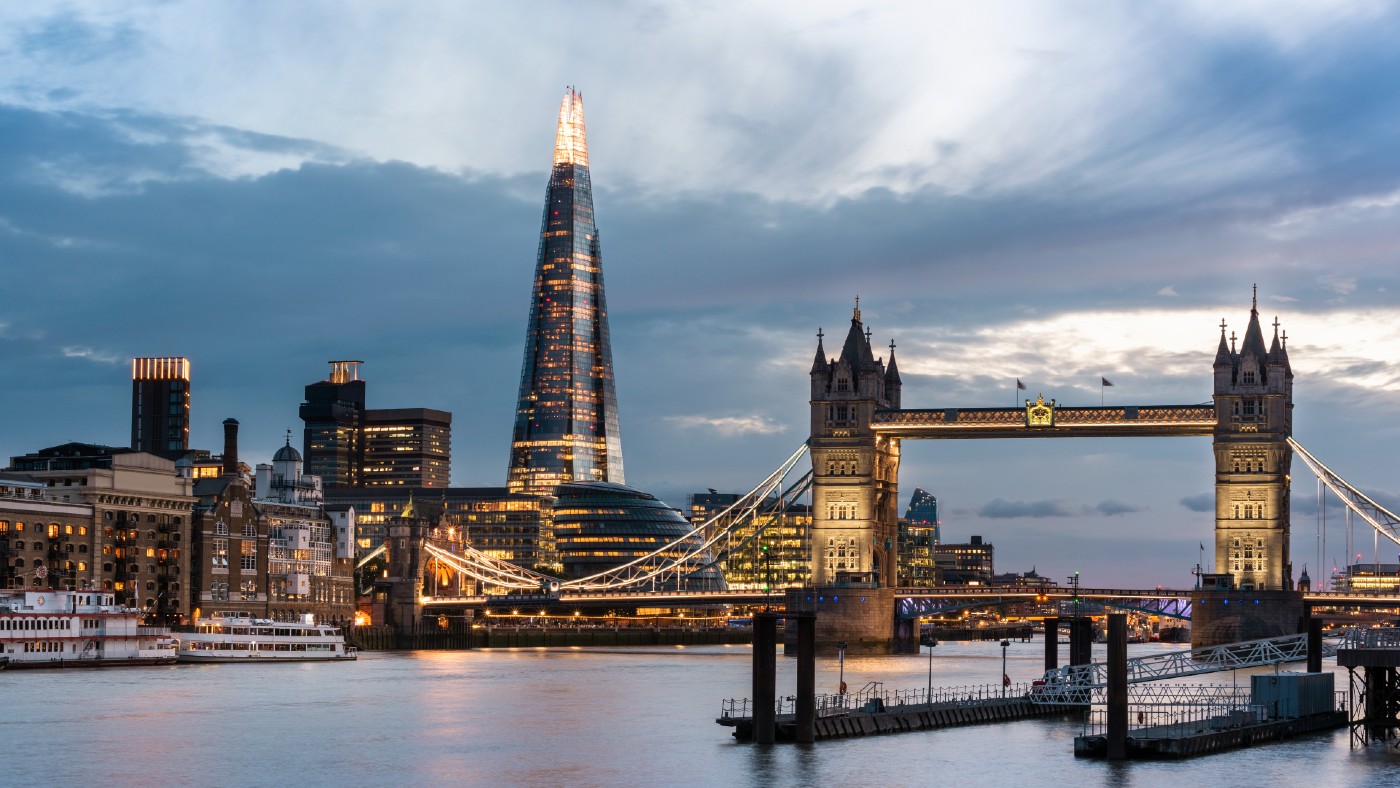
No visit to the UK is complete without seeing its famous capital city. London has something for everyone and truly does cater for every taste, budget and individual. As the writer Samuel Johnson said, and many social influencers have repeated: “When a man is tired of London, he is tired of life; for there is in London all that life can afford.”
It has some of the world’s best and most famous hotels: The Savoy, The Ritz, The Dorchester, The Langham, The Connaught, The Lanesborough, The Goring and Claridge’s can all be found in London. And the restaurants are equally good – from celebrity hangout spots to modern classics. For the quintessentially English experience, indulge your sweet tooth with the traditional treat of afternoon tea.
Historical attractions sit moments away from modern bars, shops and clubs, while the public transport system will get you around the city easily and quickly – though the best way to see London is definitely by foot.
The Week
Escape your echo chamber. Get the facts behind the news, plus analysis from multiple perspectives.

Sign up for The Week's Free Newsletters
From our morning news briefing to a weekly Good News Newsletter, get the best of The Week delivered directly to your inbox.
From our morning news briefing to a weekly Good News Newsletter, get the best of The Week delivered directly to your inbox.
Reviewed: 15 of London’s best hotels
2. Bath
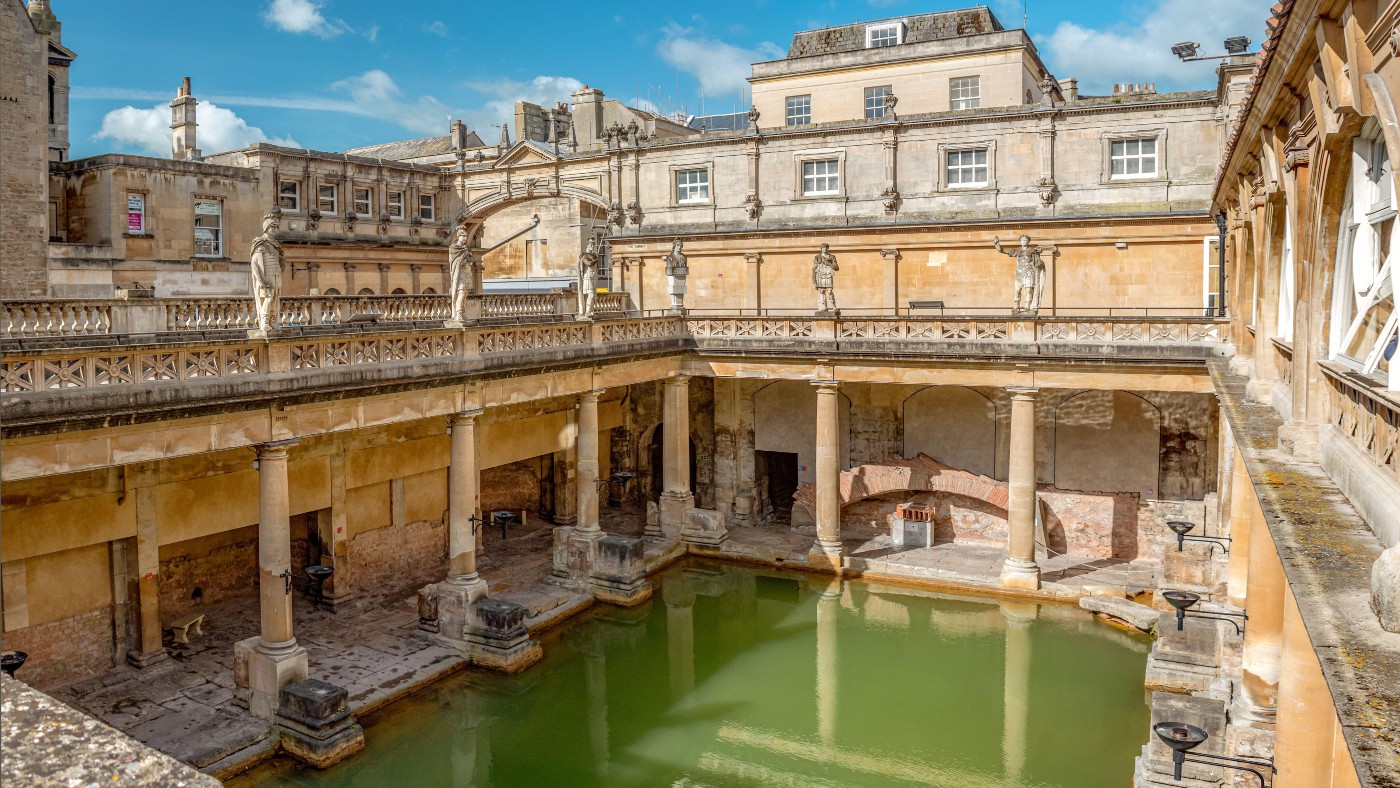
Bath is one of the UK’s standout cities, offering a taste of true history and some of the most impressive and iconic architecture the country has to offer. One of its main attractions is the Roman Baths, the well-preserved thermal spa used by the people of Bath – then “Aquae Sulis” – in Roman times. The city itself is a Unesco World Heritage Site.
The city’s “beautiful setting, in a bowl surrounded by seven green hills, is a further attribute that Unesco highlights”, said The Telegraph. And The Guardian calls the city “a style statement to the rest of the nation”. So cool in many ways, Bath has “something volcanic about it”.
A free daily email with the biggest news stories of the day – and the best features from TheWeek.com
3. Scottish Highlands
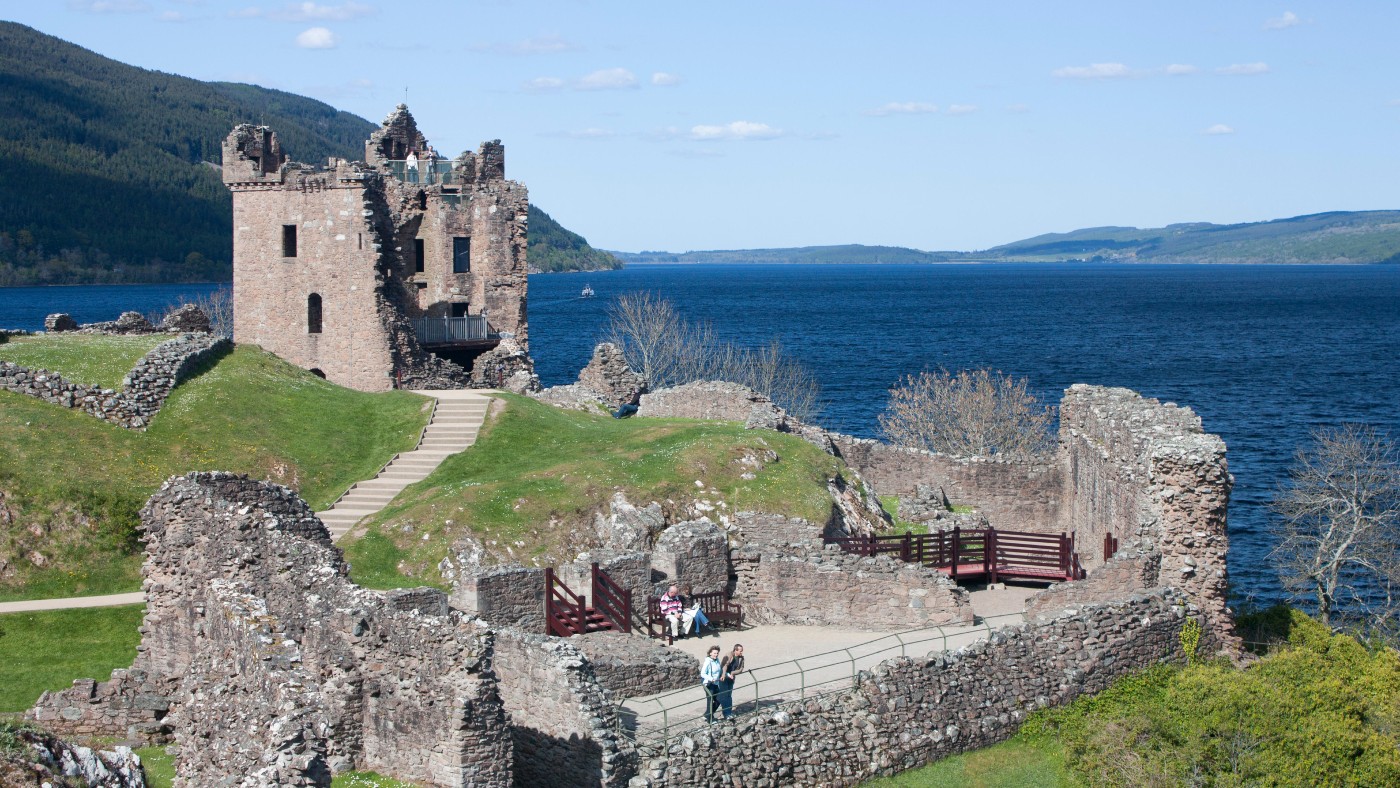
The Highlands of Scotland region covers the northern two-thirds of the country and “holds much of the mainland’s most spectacular scenery”, said Rough Guides. The “signature combination” of mountains, glens, lochs and rivers, surrounded on three sides by a magnificently pitted and rugged coastline, “guarantees wonderful moody views”.
This is a land of “startling, almost otherworldly” beauty, said Wanderlust. Sea lochs are “every bit as dramatic” as the Norwegian fjords while the “sweeps of white sand” are “almost Caribbean in appearance”.
Inverness is known as the “capital of the Highlands” and for a small city it “sure packs a punch”, said Mike MacEacheran in The Independent. It primarily attracts “monster hunters” on their way to Loch Ness, but more recently it has “developed an urban swagger”. As well as the “craggy castles” and “nostril-tingling distilleries” further afield, Inverness “oozes” with museums and art and is “awash” with “creative chefs” and “only-in-the-Highlands bars”.
4. Stonehenge
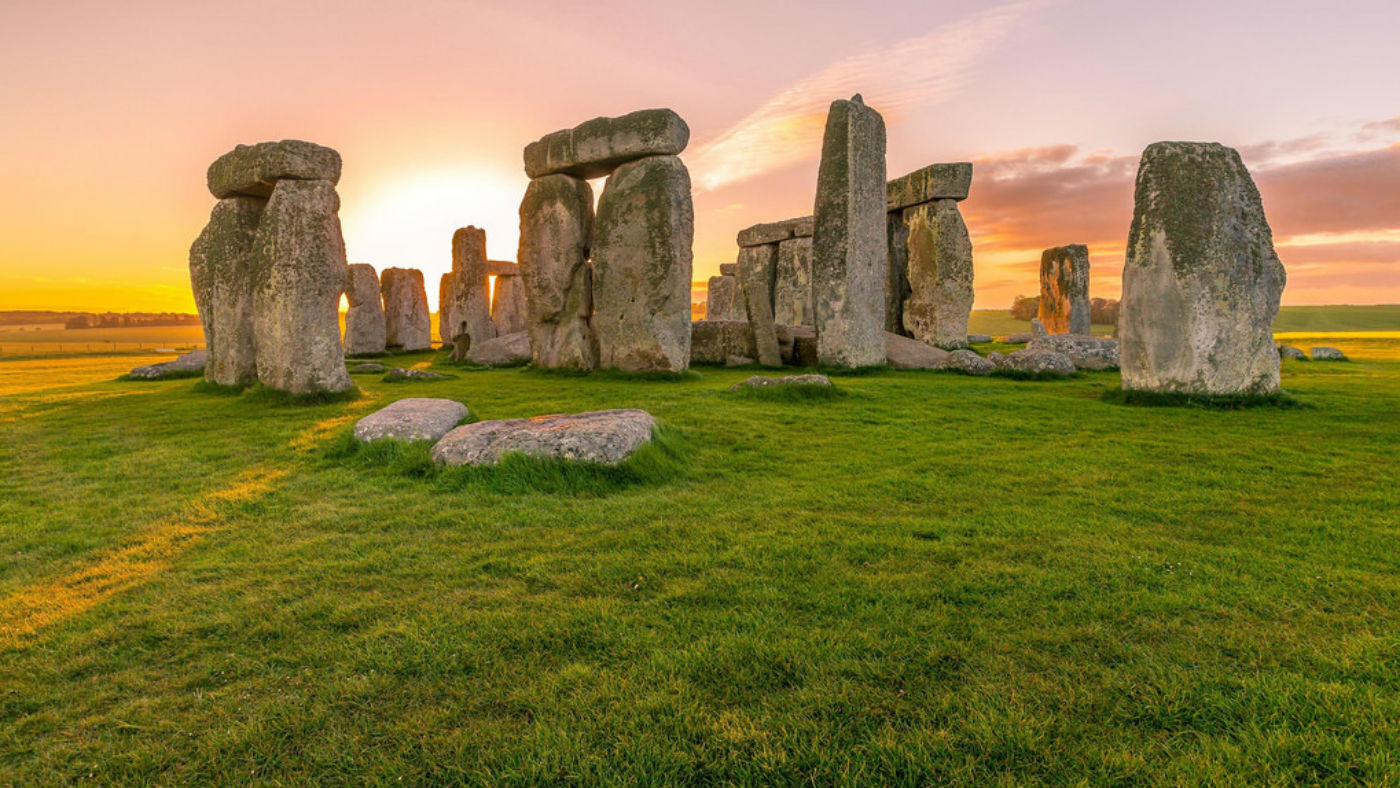
If you think of the words “ancient Britain”, I bet the “iconic” Stonehenge comes to mind “whether you’ve seen it in real life or not”, said Kirsty Bartholomew on Lost in Landmarks. It’s one of the most popular tourist sites in the entire world, let alone just in Great Britain. The UK’s “most evocative” ancient monument is a Unesco World Heritage Site, which attracts almost 850,000 visitors a year, said Insight Guides.
Located on Salisbury Plain in Wiltshire, these stone circles continue to pose “fascinating questions” almost five millennia after their construction, said Fodor’s. But Stonehenge is “more than just the megaliths”, the surrounding landscape is “dotted with ancient earthworks, remains of Neolithic settlements, and processional pathways”, creating a “complex of ceremonial structures that testifies to the sophisticated belief system of these early Britons”.
5. Giant’s Causeway
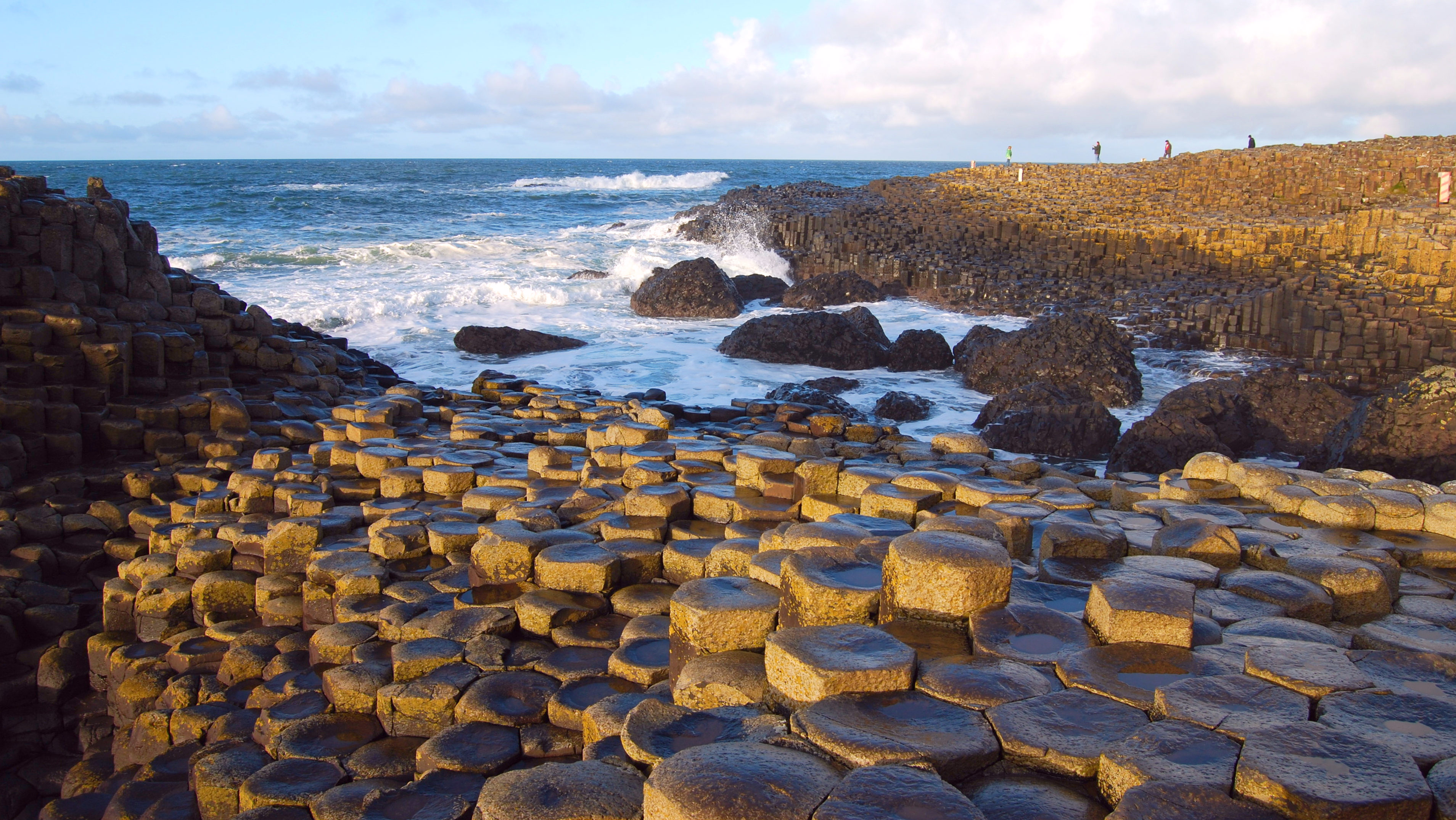
Sitting at the base of volcanic cliffs on the coast of County Antrim in Northern Ireland, Giant’s Causeway boasts a unique and dramatic landscape, and is considered one of the world’s most impressive natural phenomena. Around 40,000 huge black basalt columns stick out of the sea thanks to a volcanic eruption that happened 60 million years ago.
The Causeway received a boost in visitor numbers after the coast was used as a backdrop for numerous Game of Thrones scenes set on House Greyjoy’s Iron Islands. “The shoreline can feel part madness, part alien world – thousands of interlocking basalt columns, unmoved by wave after crashing wave,” said The Guardian.
For the most spectacular views, visitors can hire a helicopter and enjoy the 40,000 interlocked basalt columns from above, before taking in the nearby sites of Rathlin Island and Binevenagh’s cliffs.
6. Snowdonia National Park
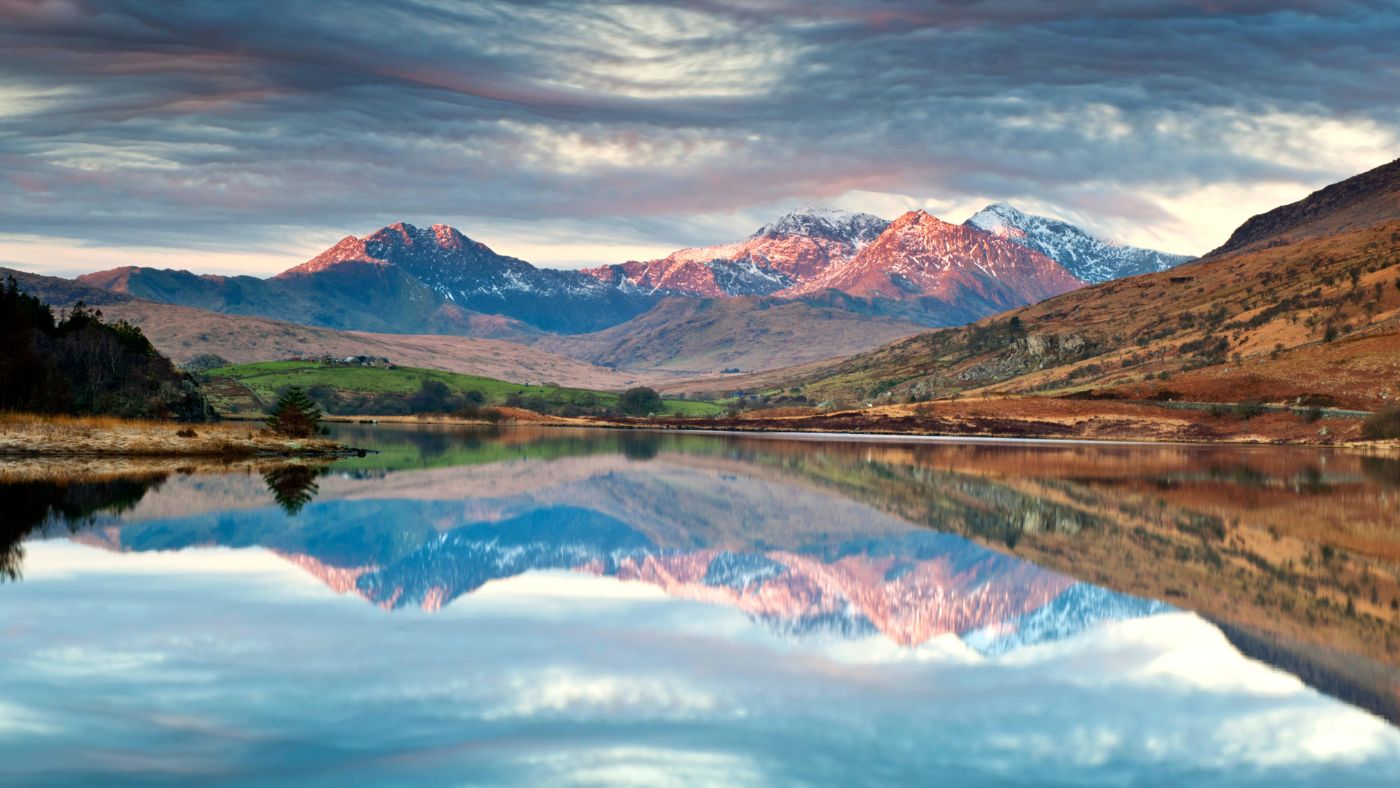
Snowdonia – Eryri in the Welsh language – is the largest of Wales’s three national parks. Covering nine mountain ranges and 23 miles of coastline, this stunning region in northwest Wales is a haven for outdoor enthusiasts, foodies and adventurers.
With “elite” hiking trails, “breath-taking backdrops”, and “mythic mountains” ringed by “fairytale forests”, Snowdonia National Park offers visitors an “exhilarating blast” of natural beauty and unforgettable experiences, said Joanne Owen in Rough Guides. It’s not just ideal for “epic outdoor escapades”, this is a destination for “history-inspired adventures” or a “fun-filled family break”.
A weekend in Snowdonia National Park
7. Edinburgh
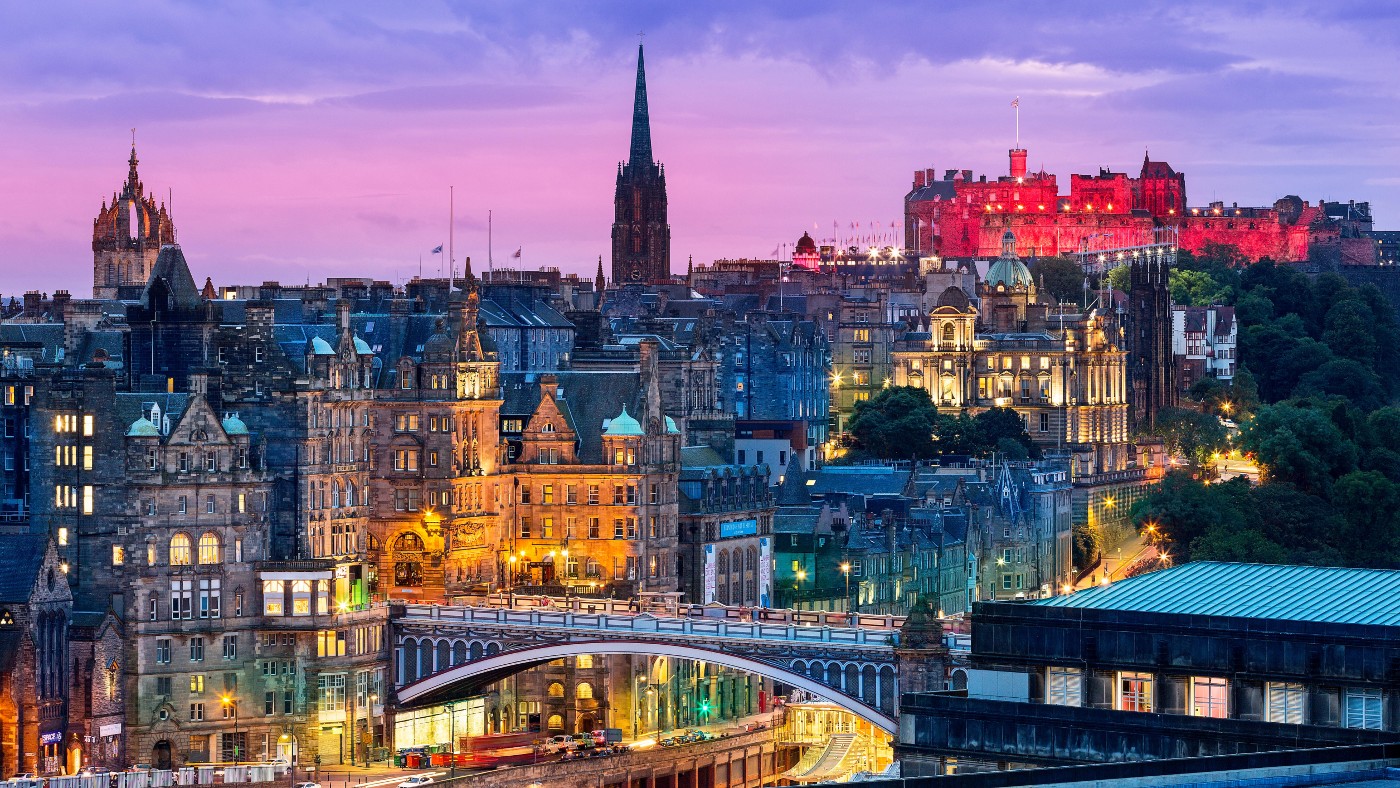
There used to be a “down season” in Edinburgh, when Scotland’s capital city “caught a slight breather” from tourists, said Condé Nast Traveler. But “no longer”, the crowds “keep coming, all year long”. Most famous for its “wild” arts and performance festival, Edinburgh also has a “buzzing” dining scene and is a city that “artfully balances the (very) old with the new”. This might be “Europe’s hottest capital right now”.
It’s certainly one of Europe’s most beautiful cities and “has its way of charming you”, said Jessica Wright on Bon Traveler. With its castle “towering over the city” and the contrast of the New Town and the Old, “the transition between the two is seamless”. Edinburgh has a way of “savouring the old and fuelling the new”.
8. Cornwall
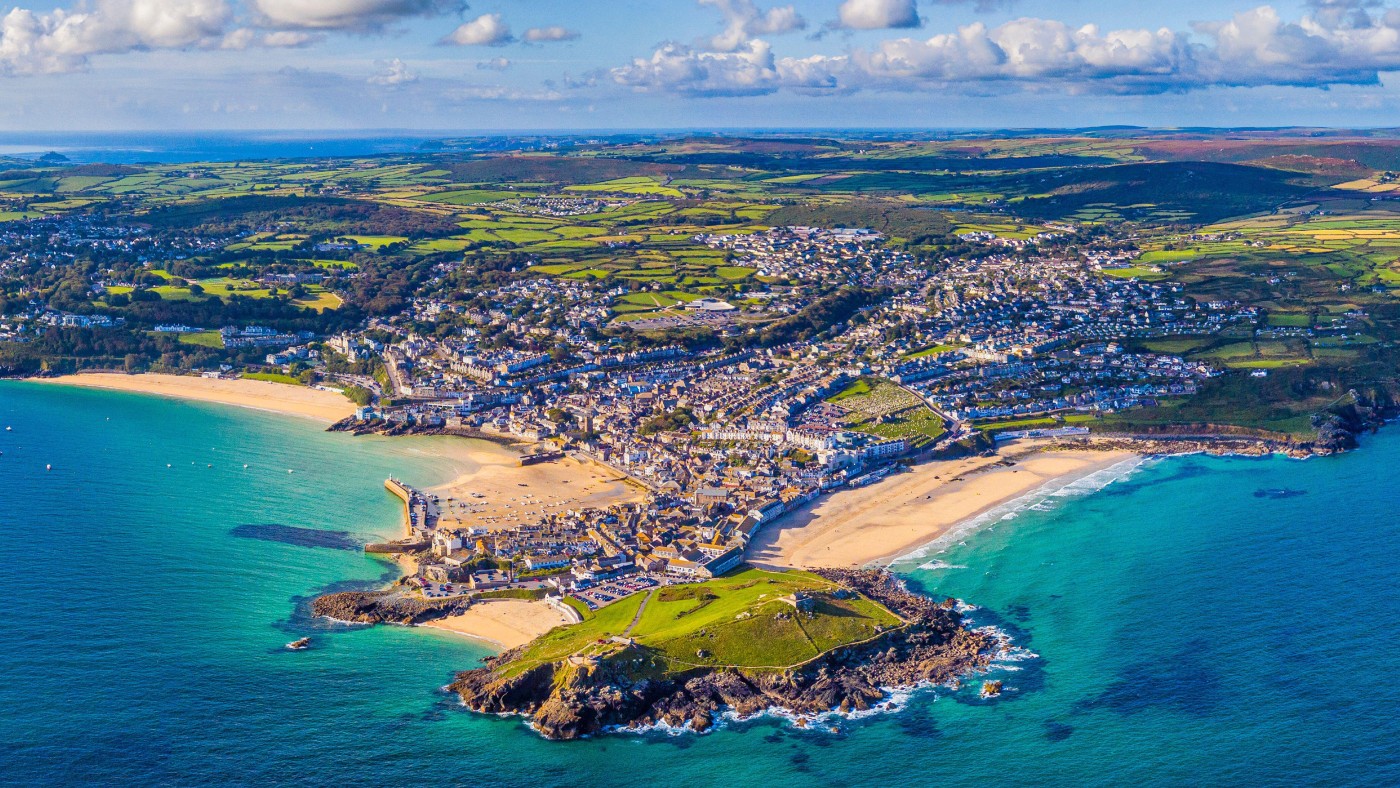
Cornwall is home to the UK’s wildest coastline and some of its most beautiful beaches. It is a mixture of the rugged and the refined, boasting everything from choppy seas perfect for surfing, to restaurants, galleries and coastal walks with stunning views.
The harbour town of St Ives is one of Cornwall’s best and most famous places to visit. On top of boats and beaches, it has plenty of excellent restaurants worth a visit after a trip to Tate St Ives, a modern art collection by the sea.
On the opposite coast, Trebah Garden near Falmouth “has the appearance of a Himalayan cloud forest transported to Cornwall”, said The Telegraph. “Camellias, magnolias, azaleas and hydrangeas flood the 25-acre garden with colour”, at the end of which sits a perfect, secluded beach only accessible to visitors of the gardens. Best of all, Cornwall is the birthplace of the Cornish pasty. What more could you want?
9. Cardiff
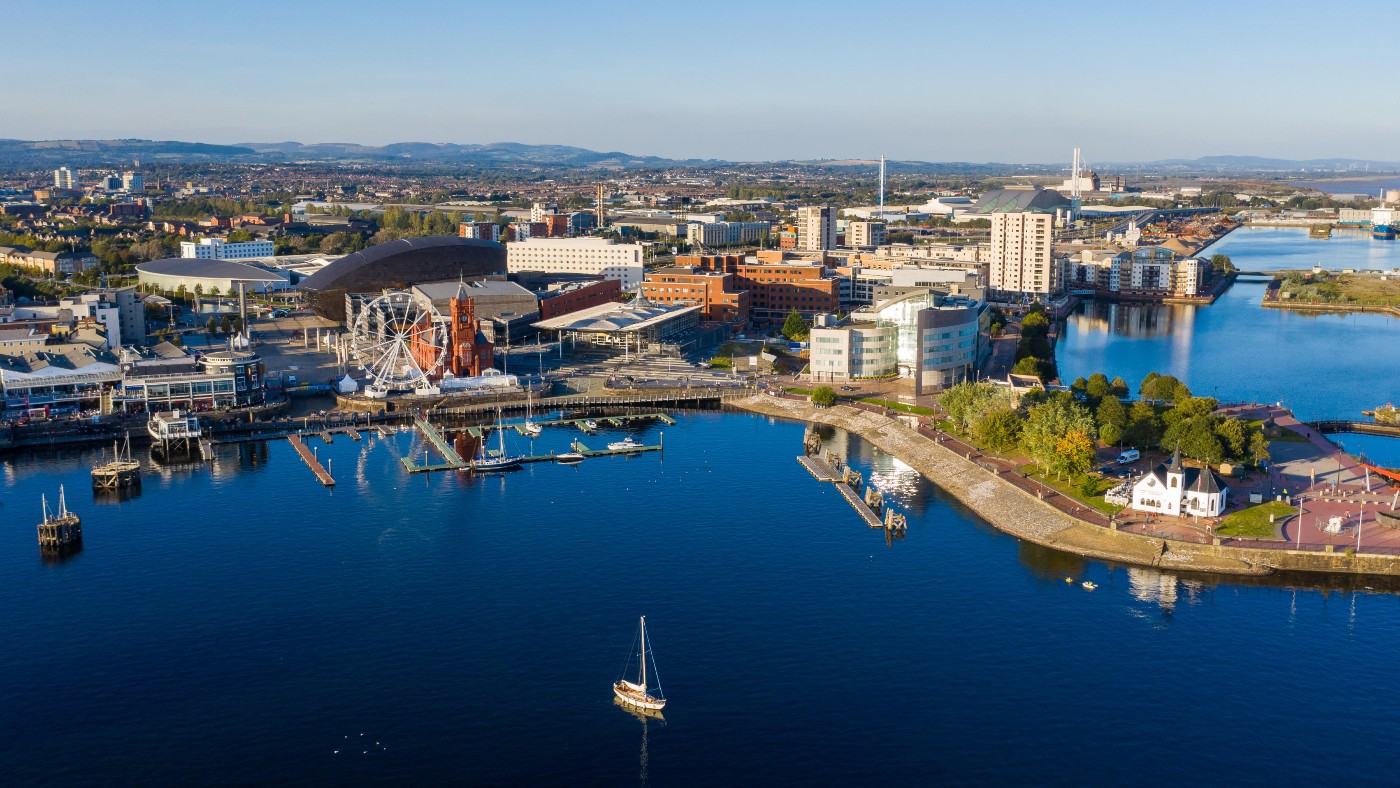
Cardiff is “loud, lively and out for a good time”, said Rob Crossan in The Times. The capital of Wales “doesn’t really do demure” and it’s a city that “isn’t shy about showing visitors its many charms”.
With its industrial landmarks “stylishly repurposed” and a waterfront that has been regenerated, Cardiff “knows a thing or two about keeping with the Joneses”, said Luke Waterson in The Telegraph. It has “happily adapted” to being a “suave” shopping centre, live music hotspot and craft beer capital. “You never quite know what might come next.”
To see the city at its “most vibrant and euphoric”, then you should visit Cardiff when the Welsh national rugby union team are playing at home at the “mighty” Millennium (Principality) Stadium, said the World Travel Guide. This is the city “at its best”, but Cardiff is no “one trick pony” – it has “earned its growing reputation” as an exciting year-round tourist destination. “This pint-sized capital is finally having its day.”
10. Lake District
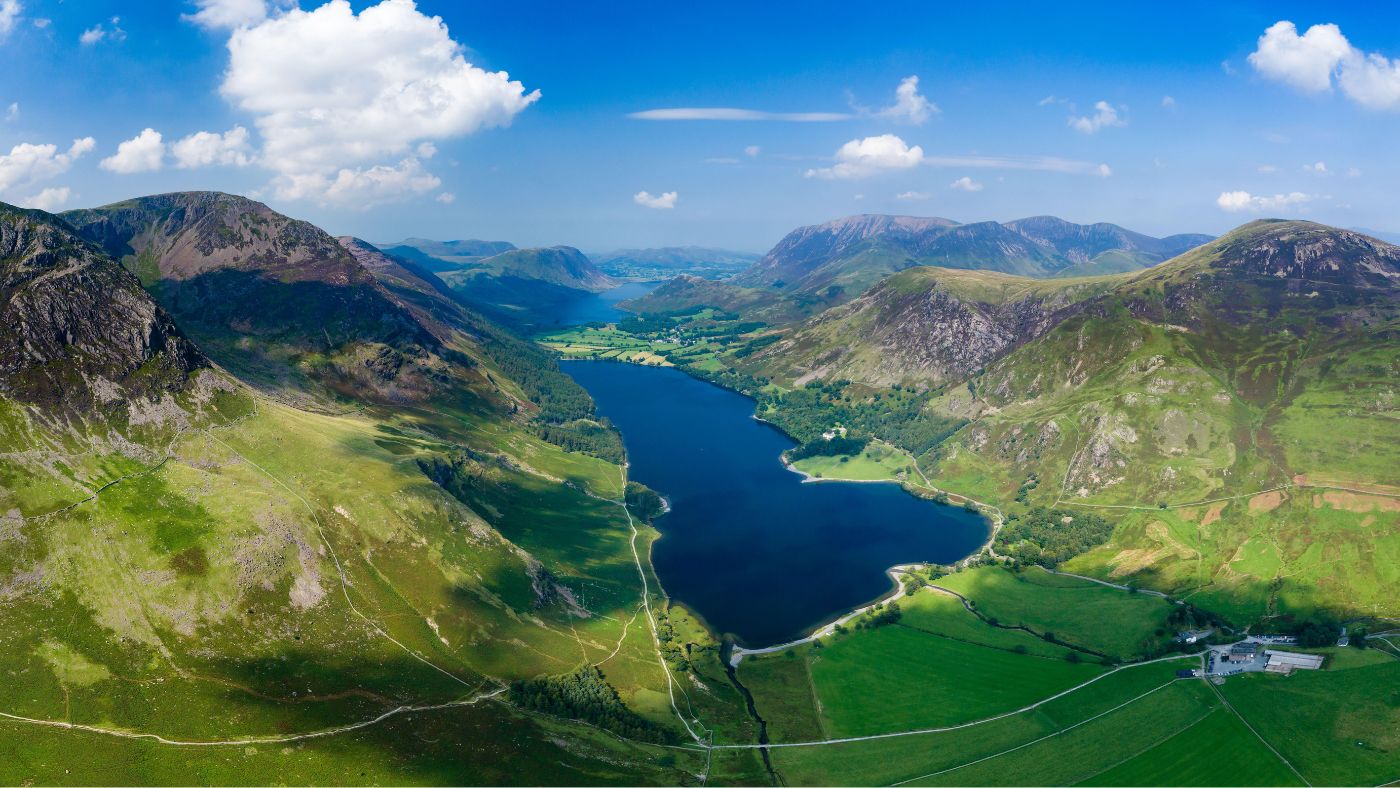
The Lake District is a “hauntingly beautiful” part of northwest England, said Lonely Planet. The region “seduced” Wordsworth and other literary giants, and “continues to attract sightseers, walkers and adventurers in search of its fascinating heritage and abundant outdoor activities”.
The “pull” of the UK’s most-visited national park is “irresistible”, said Helen Pickles in The Telegraph. Even when it’s damp – “and it frequently is” – the scenery “merely acquires a layer of misty romanticism” and makes it “one of the best places in Britain to enjoy the great outdoors”.
It’s also home to Scafell Pike, the highest mountain in England. The easiest route to Scafell Pike is the direct line via Brown Tongue from Wasdale, according to the Lake District National Park website. While popular with people who “just want to bag the summit”, this route “only really scratches the surface of what’s on offer”. A better choice is to “indulge in a longer approach that explores all the nuances of this great mountain range”.
11. Cambridge
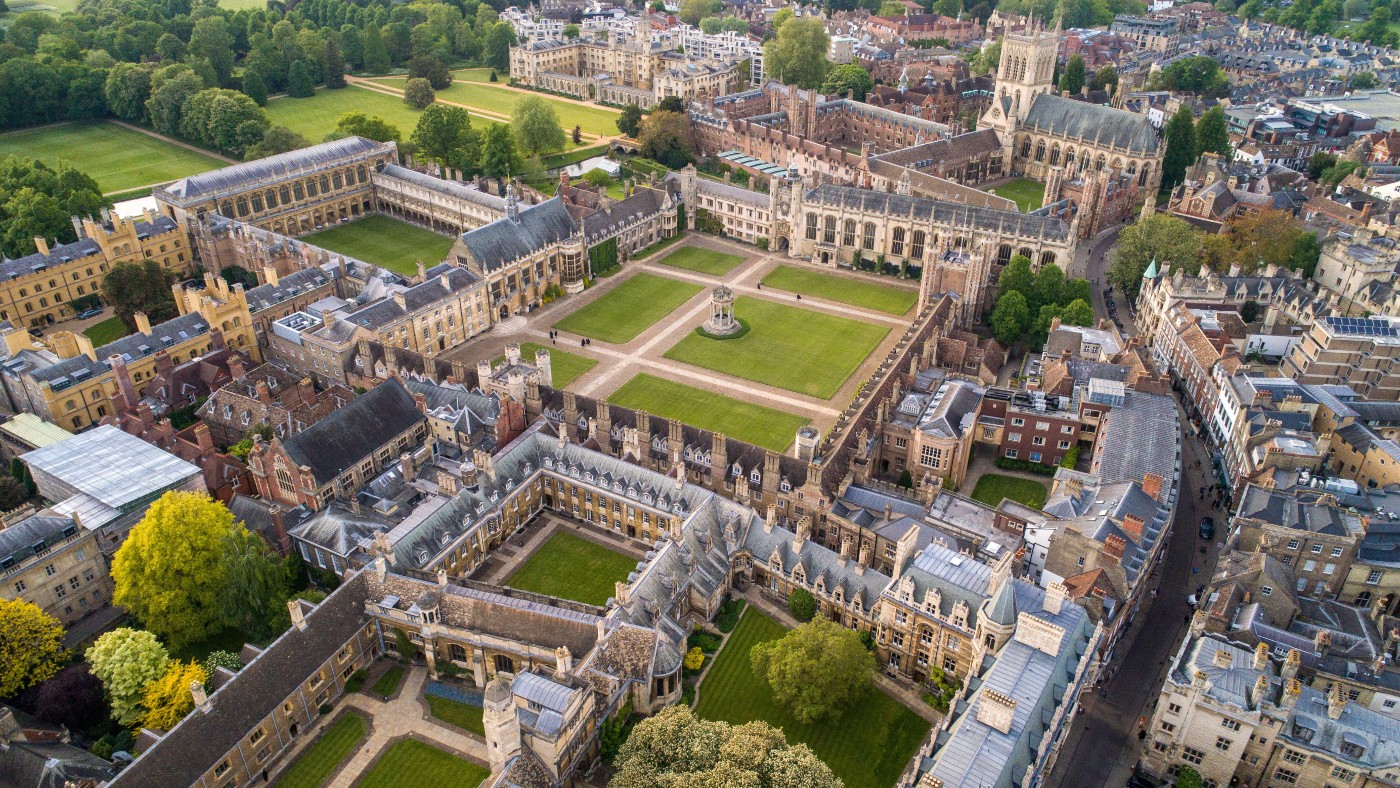
Boasting “exquisite” architecture, “exuding” history and tradition, and renowned for its “quirky rituals”, Cambridge is a university town “extraordinaire”, said Lonely Planet. With its “tightly packed core of ancient colleges”, the “picturesque” riverside “backs” (college gardens), and many leafy green meadows, this gives the city a “more tranquil appeal” than “The Other Place”, as Oxford is known locally.
This is a city that’s “too smart for its own good”, said Chris Haslam in The Times. “Leafy”, “dreamy” and “timeless”, Cambridge is a place where “the graffiti comes in Latin”. But there’s more to Cambridge than the “self-neglecting dons reading Greek in the snug” and the “champagne-slurping students punting on the Cam”.
12. Oxford
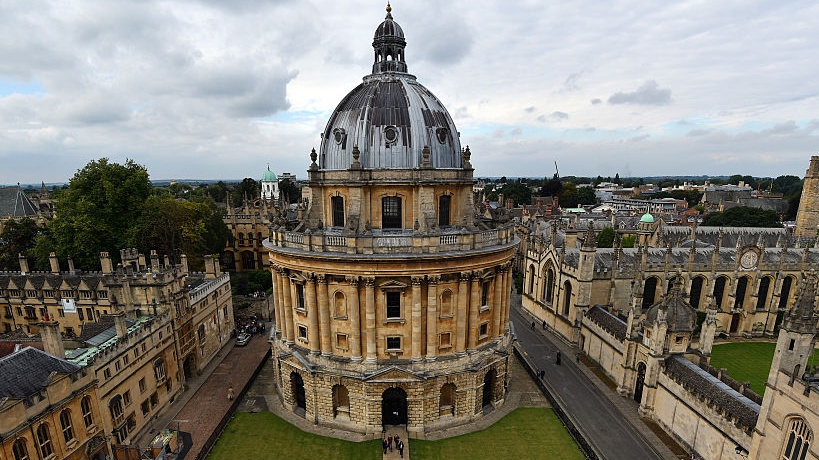
Cambridge “may win on wide open green spaces”, but Oxford has “imposing spires and picture-postcard cobbles that few cities can match”, said Time Out. It draws visitors from around the world eager to get a look at the halls and towers that inspired Harry Potter’s Hogwarts.
The cobbled Radcliffe Square is well worth a visit, said The Telegraph. It sits at “the heart of the university, formed by a trio of great architectural gems: the medieval University Church of St Mary the Virgin, the 15th-century Bodleian Library and the Palladian-style Radcliffe Camera”.
But Oxford is far more than just its academic institutions. It has all the things you would want from a city break: museums, charming pubs, top hotels and even a few Michelin-star restaurants. Raymond Blanc’s world famous Le Manoir aux Quat’Saisons is a stone’s throw away in the Oxfordshire countryside.
Review: Le Manoir aux Quat’Saisons
13. Belfast
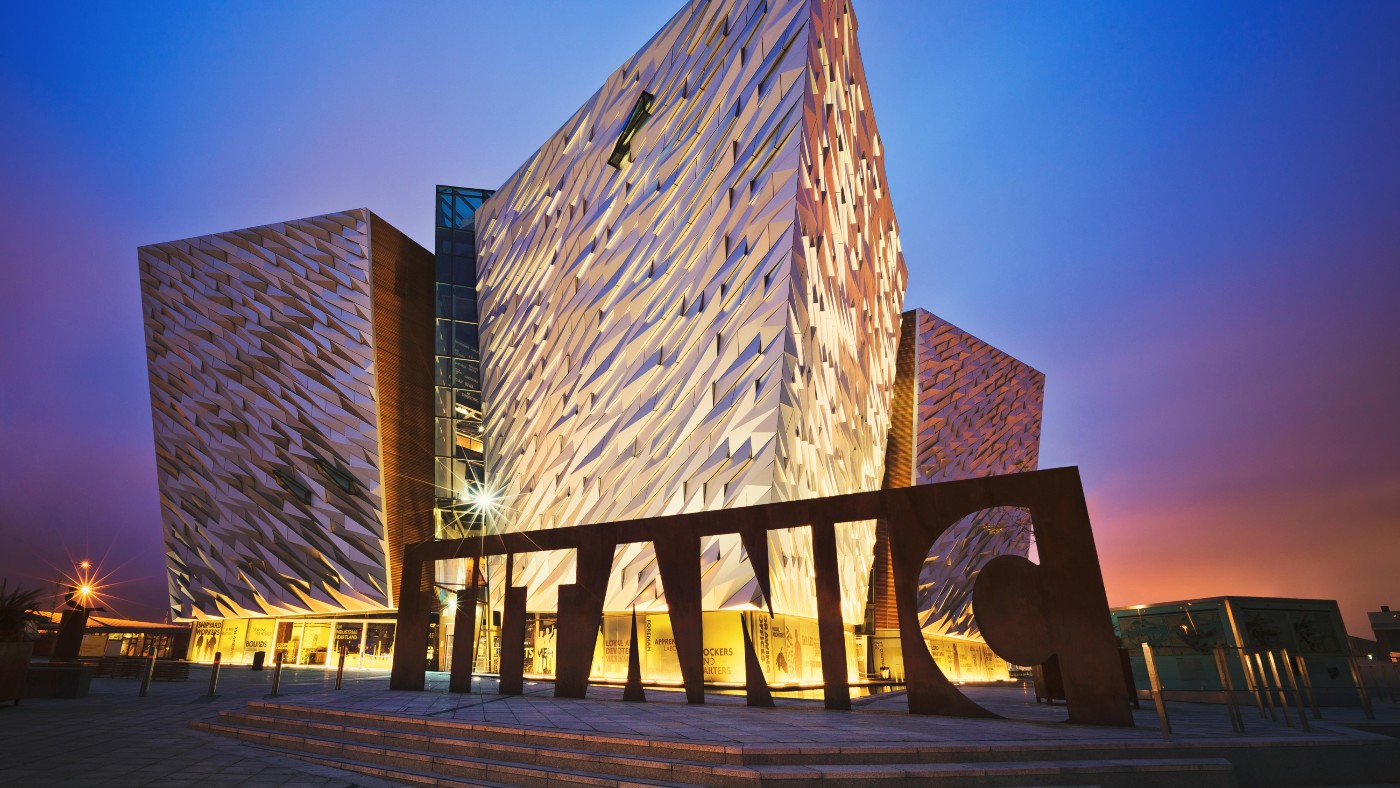
Northern Ireland’s capital used to be “once synonymous with bomb explosions, gun battles and sectarian assassinations”, said The Guardian. But now, post-Troubles Belfast has “reinvented itself as one of the top-rated tourist destinations”.
In 2018, Lonely Planet named Belfast and the Causeway Coast as the No.1 region to visit in the world thanks to a “remarkable” transformation over the past two decades. Belfast is “full of hip neighbourhoods that burst with bars, restaurants and venues” while its old docklands are now the vibrant Titanic Quarter, “home to fancy apartments and a sensational museum”.
Movie and television fans are also flocking to the city. Titanic Studios were used as a filming location for Game of Thrones, while Kenneth Branagh’s film Belfast was nominated for seven Oscars. Branagh’s “ode to his childhood” is “a beautiful story about a beautiful city”, the BBC said.
14. Peak District
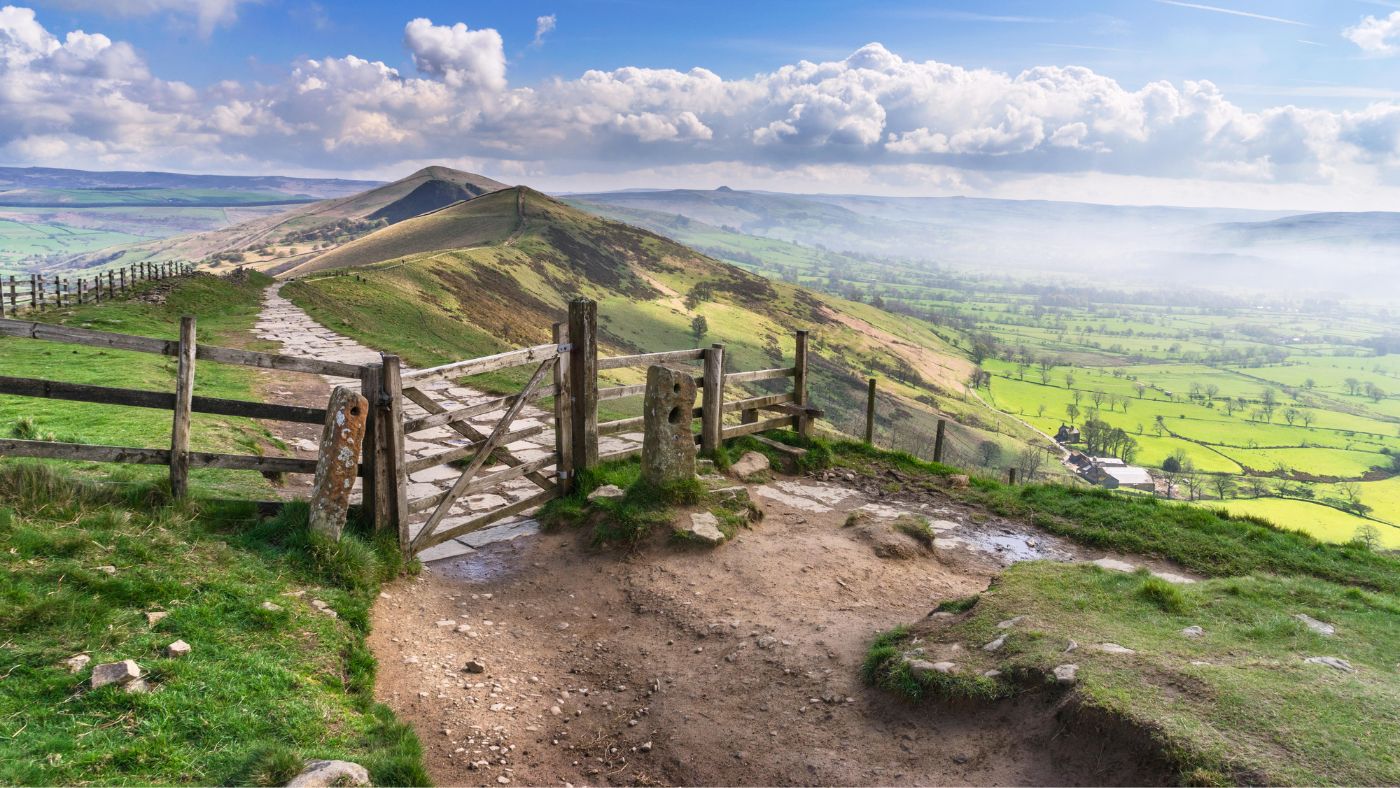
The natural serenity of the Peak District offers a pleasant contrast to the industrial bustle of the surrounding cities of Manchester, Stoke-on-Trent, Derby and Sheffield.
The Peak District National Park covers 555 square miles of natural beauty, wildlife and cultural heritage. There is an extensive network of public footpaths and cycle trails for a range of abilities, plus opportunities for rock climbing and caving for the more adventurous.
Booking a hotel in one of the Peak District’s charming towns and villages gives visitors the opportunity to extend their trip if camping doesn’t appeal. Hope Valley, High Peak and the Hayloft are all recommended as bases for further exploration. If you’re looking for a great place to eat, then The George at Alstonefield offers quality dining, said Neil Davey on TheWeek.co.uk. Service is “charming” and the value is “high” at this excellent pub-turned-restaurant.
Review: The George at Alstonefield
15. Bristol
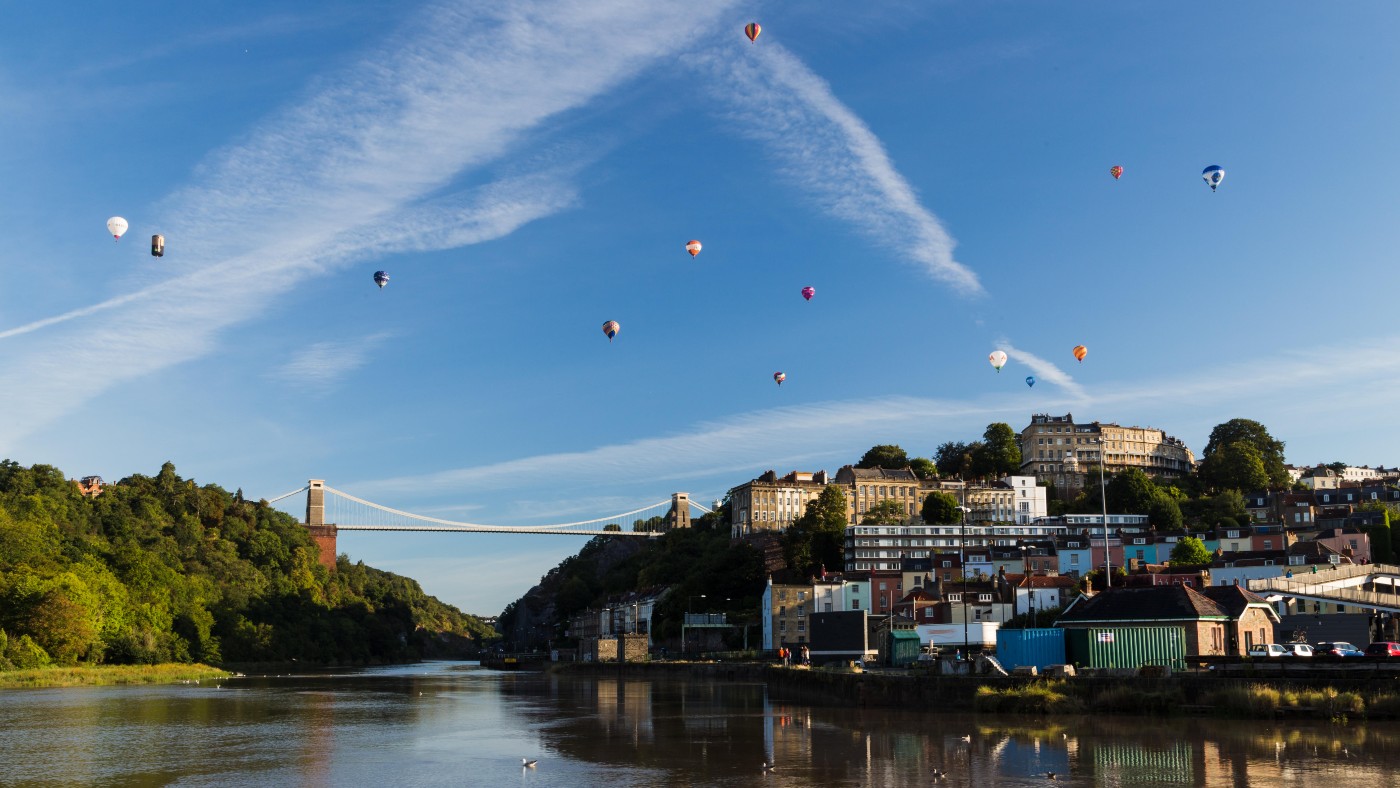
Home to Banksy, a hot air balloon fiesta, and Brunel’s SS Great Britain and beautiful Clifton Suspension Bridge, Bristol has become one of the UK’s most popular city break destinations. Picked by The New York Times as one of the top places to go in 2018, this “edgy” and “creative” city in southwest England is a “cultural powerhouse”.
The rumours “are true”, said The Independent, Bristol is “banging”. With its sweeping Georgian crescents and “pulsing” centre, this is one of England’s coolest cities and is heaving with arts, food revolutionaries and people with passion that make it “a special place to be”.
Bristol “doesn’t like to brag”, said Condé Nast Traveller. In fact, it’s the “precise opposite”. It would be “easy to pass through the city without realising how special it is”. But walk in any direction and there’s “no mistaking” Bristol’s charm. As the Banksy mural in Stokes Croft reminds us, welcome to the “Mild Mild West”.
16. Isle of Wight
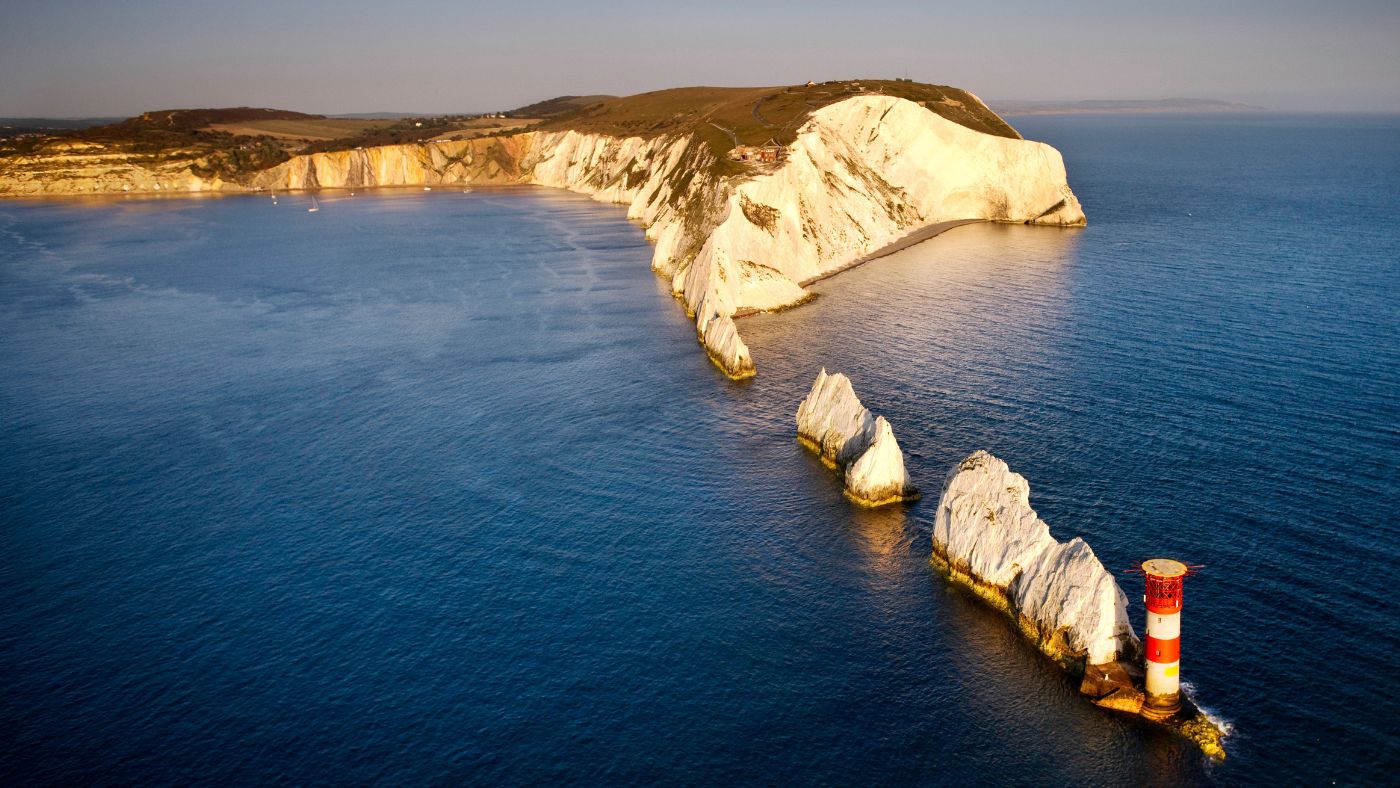
Situated off the English south coast across the Solent, the Isle of Wight is England’s largest island and easily accessible via ferries, catamarans and hovercraft from Southampton, Portsmouth, Southsea, and Lymington. Drawn by the “slightly old-fashioned” and “unspoiled” feel, “throngs” of visitors “flock” to the 23-mile-long island, said Fodor’s. With its green interior landscape, narrow lanes, curving bays, sandy beaches, and walking paths, the Isle of Wight “offers more than sailing and the sea”.
For decades this “slab of rock anchored off Portsmouth” was a “magnet” for family holidays, and it still has “seaside kitsch by the bucket and spade”, said Lonely Planet. But these days there’s “something groovy in the air” with “pockets of pure funkiness”, a long-running music festival and fresh seafood served in “kooky fishers’ cafes”.
A weekend on the Isle of Wight
17. Pembrokeshire
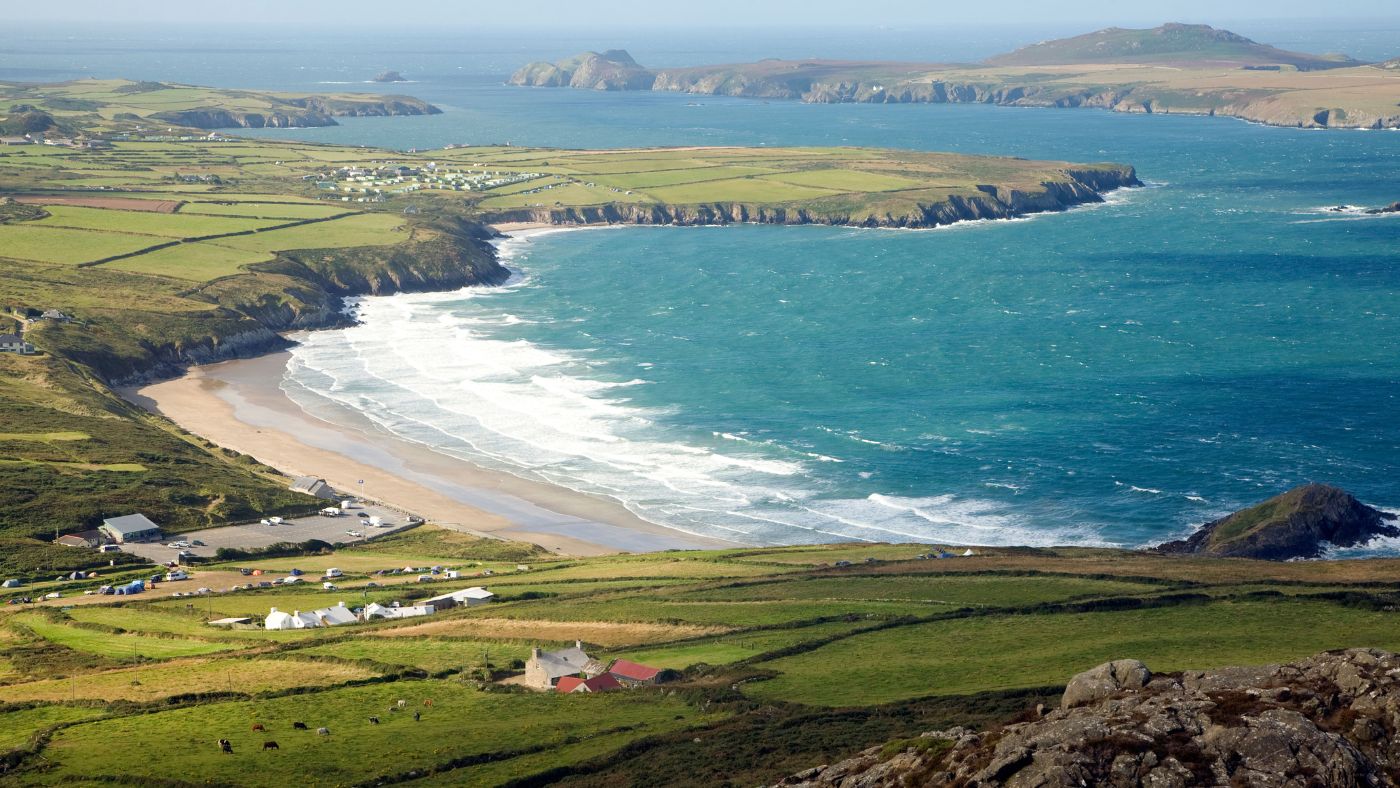
This remote southwestern corner of Wales “continues to beguile with a coastline boasting more Blue Flag beaches than any other Welsh county”, said Vicky Smith on Wanderlust. It’s also home to the UK’s least populated – and perhaps “most magical” – city, St Davids. Pembrokeshire is known for its “scenic beauty” and includes a number of natural attractions, said Essential Travel Guide. The area is a “history lover’s dream” with historical monuments and relics of past industries evident.
As a history buff, I was keen to visit The Royal Oak, the pub in Fishguard where the peace treaty with the French was signed after the last invasion of Britain in 1797, said Olly Mann on TheWeek.co.uk. At the back of the restaurant, you can still see the very table where the two sides sealed the document – a remarkable artefact, that, in the indifferent British style, is simply sitting there, still functioning as a table, rather than sealed off behind velvet rope. Fishguard Library is also home to the Bayeux-inspired tapestry, which tells the story of the invasion – a “kitsch” but “unique” local attraction.
A dog-friendly break in Pembrokeshire
18. Liverpool
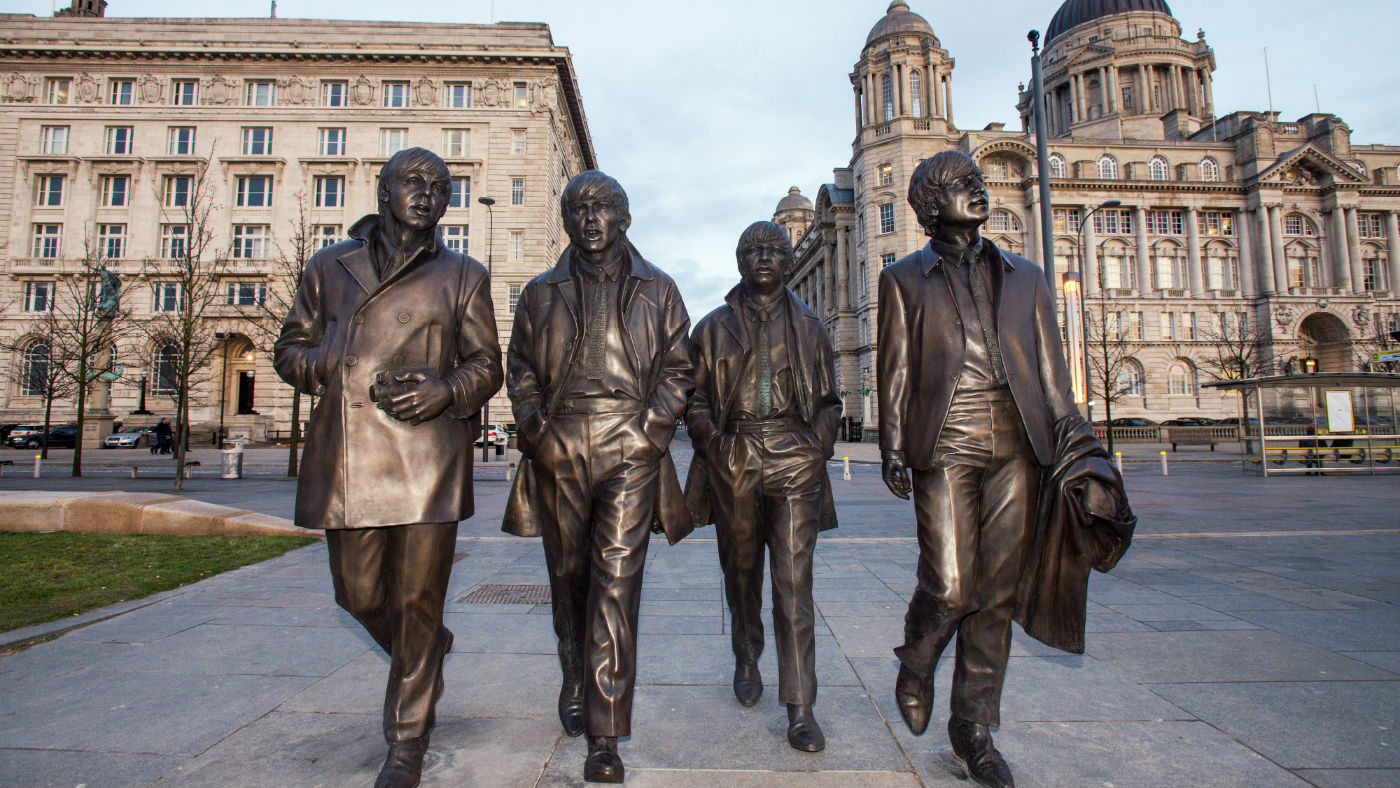
After facing a “dramatic change in fortune” in the 20th century, Liverpool has become a city of “regeneration” since the turn of the millennium, said Rough Guides. No longer associated with “British economic malaise” it is a city full of life and culture.
Liverpool’s “irrepressible lust for life” makes it more than just the birthplace of The Beatles, said World Travel Guide. It is home to more than 1,500 listed buildings and “culture plays just as big a part” in drawing in the crowds. Music is still the beating heart of the city (along with football) and Liverpool is one of the few to be granted Unesco City of Music status. It is fitting then, that it will help Ukraine host the Eurovision Song Contest in 2023.
19. Isle of Skye
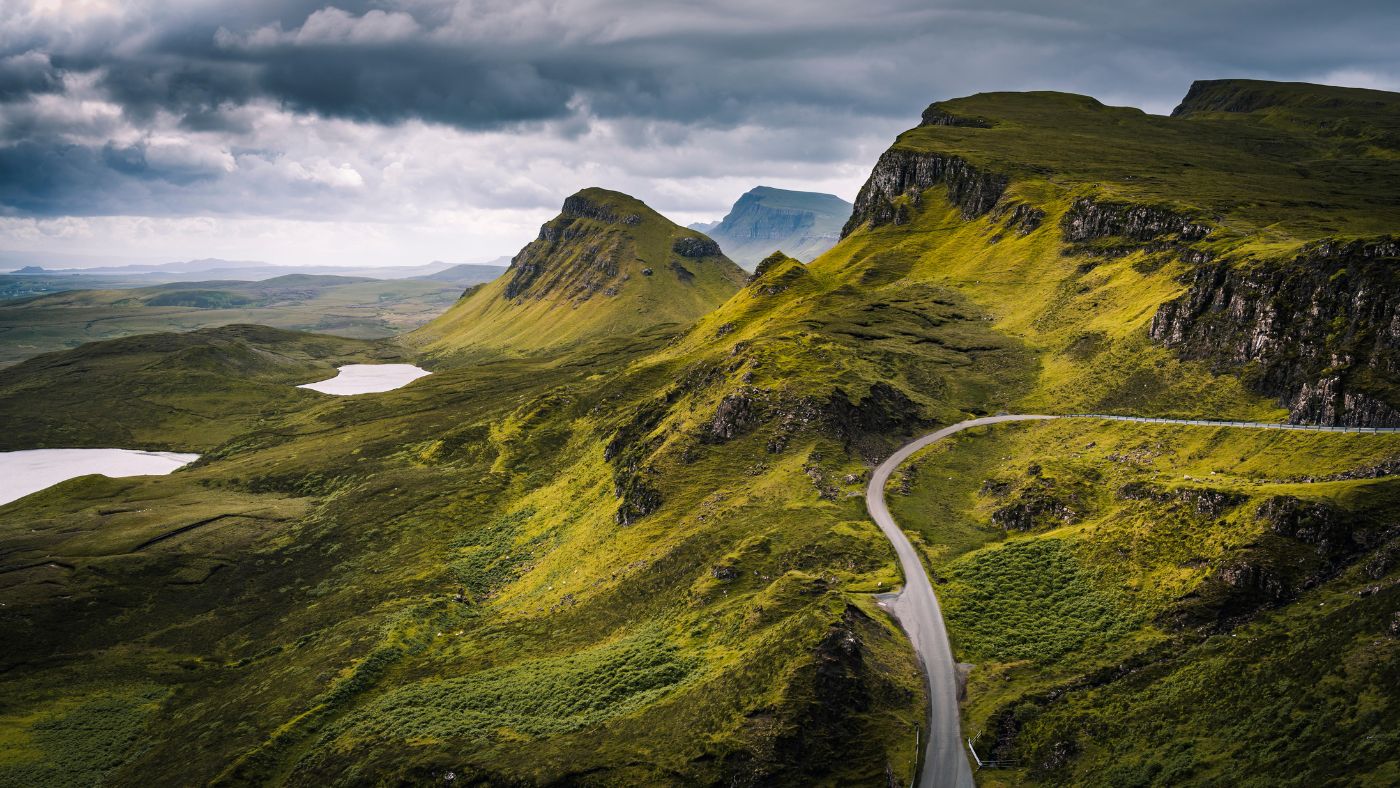
The Isle of Skye is where you will find Scotland’s most iconic landscapes alongside picturesque fishing villages and medieval castles. There is breathtaking scenery everywhere you look. The Times refers to its “gobsmacking beauty”, adding “Skye has suddenly become sexy”. It’s also great for fans of wildlife. Otters, seals, whales, dolphins and red deer can all be seen, and bird watchers may be able to spot the White Tailed Sea Eagle.
Skye’s history can be traced through millennia-old Pictish towers, clans and castles – including Dunvegan Castle, the oldest inhabited castle in Scotland, plus historic churches and abandoned villages. Going further back, would-be palaeontologists can spot dinosaur footprints on the shore at Staffin, and see a host of fossils from Skye at the nearby Dinosaur Museum.
20. Stratford-upon-Avon

In what is a “feat of transformation” worthy of A Midsummer Night’s Dream, in the past 20 years or so the market town of Stratford-upon-Avon has “morphed” from a “cunning tourist trap” selling all things Shakespeare into “somewhere you’d actually like to go for a long weekend”, said Sophie Campbell on Condé Nast Traveller. The birthplace of “the Great Man”, there are many “key” William Shakespeare sites to visit here – “not to mention the actual plays, of course”, courtesy of the Royal Shakespeare Company.
Is Shakespeare the “only show in town?”, asked Time Out. “You can consider that a play on words if you so desire.” The Bard may “dominate” this pretty town, but there “sure is more” to Stratford-upon-Avon than 17th-century playwrights. Modern museums, peaceful boat trips and more, for a start, including some “pretty darn delectable gin”.
A weekend in Stratford-upon-Avon
21. Manchester
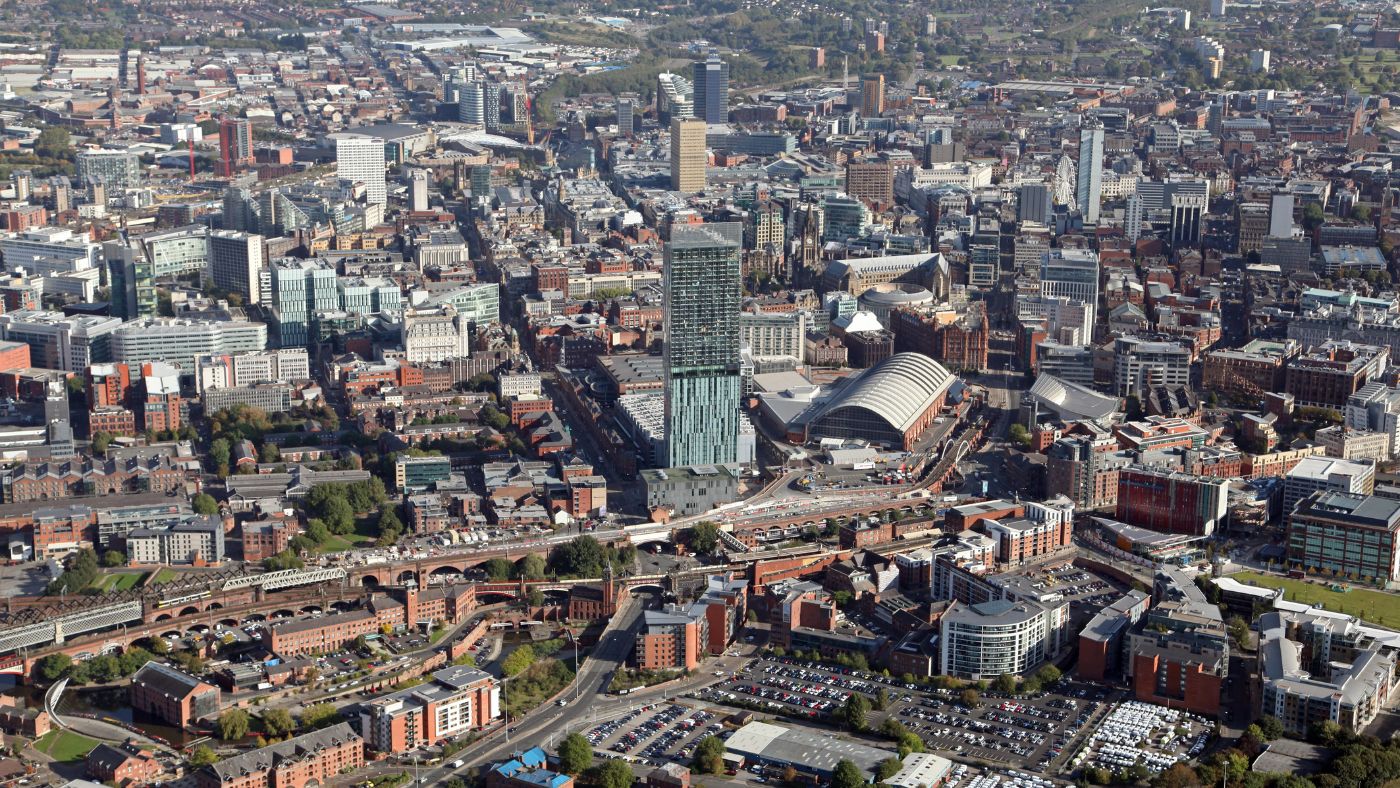
One of England’s most “underrated” cities, Manchester is “often overlooked” by international tourists in favour of cosmopolitan London, said the Nomadic Matt travel blog. However, it “punches well above its weight” when it comes to things to see and is “worth spending a few days exploring”.
This is a city of “stadiums, suffragettes and The Smiths”, said Cathy Toogood in The Telegraph. Manchester may be well known for its two football clubs, City and United, but it’s also a Unesco City of Literature and its listed buildings and red-brick cotton warehouses are “reminders of its industrial past”. Many are now home to “luxury hotels, hip bars and imaginative restaurants”.
Whatever your interests – culture, art, music, food, sport or shopping – this city has got it all. For Mancunians born or based here, “it is the best home in the world”, said Lonely Planet. “For everyone else, it’s a brilliant place to visit.”
-
 Political cartoons for December 20
Political cartoons for December 20Cartoons Saturday’s political cartoons include drowning rats, the ACA, and more
-
 5 fairly vain cartoons about Vanity Fair’s interviews with Susie Wiles
5 fairly vain cartoons about Vanity Fair’s interviews with Susie WilesCartoon Artists take on demolition derby, alcoholic personality, and more
-
 Joanna Trollope: novelist who had a No. 1 bestseller with The Rector’s Wife
Joanna Trollope: novelist who had a No. 1 bestseller with The Rector’s WifeIn the Spotlight Trollope found fame with intelligent novels about the dramas and dilemmas of modern women
-
 South Korea highlights: ancient history meets modern culture
South Korea highlights: ancient history meets modern cultureThe Week Recommends From the bright lights of Seoul to Busan's beaches and the 'living museum' of Gyeongju, this tour offers a taste of a unique heritage
-
 Desert wellness in Scottsdale: the best of Arizona's Old West
Desert wellness in Scottsdale: the best of Arizona's Old WestThe Week Recommends Boost body, mind and soul in this hub of healthy living
-
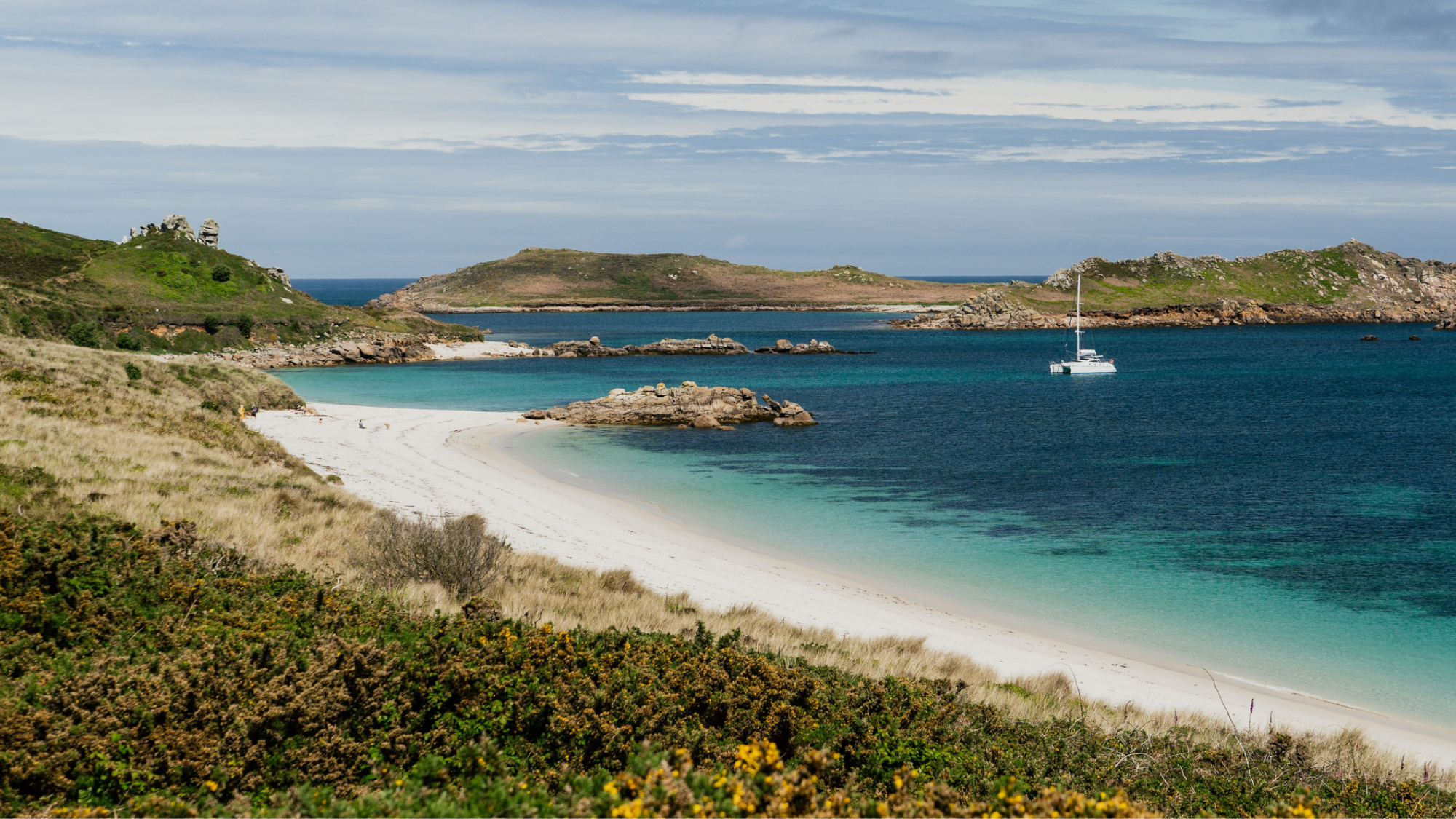 Isles of Scilly: discover the abundant joys of island life
Isles of Scilly: discover the abundant joys of island lifeThe Week Recommends Ramble, sail and feast your way around Scilly to experience a region like no other
-
 Mexico City travel guide: art and design
Mexico City travel guide: art and designThe Week Recommends Modern vibrancy, design legacy and ancient heritage puts Mexico's jewel alongside other art capitals of the world
-
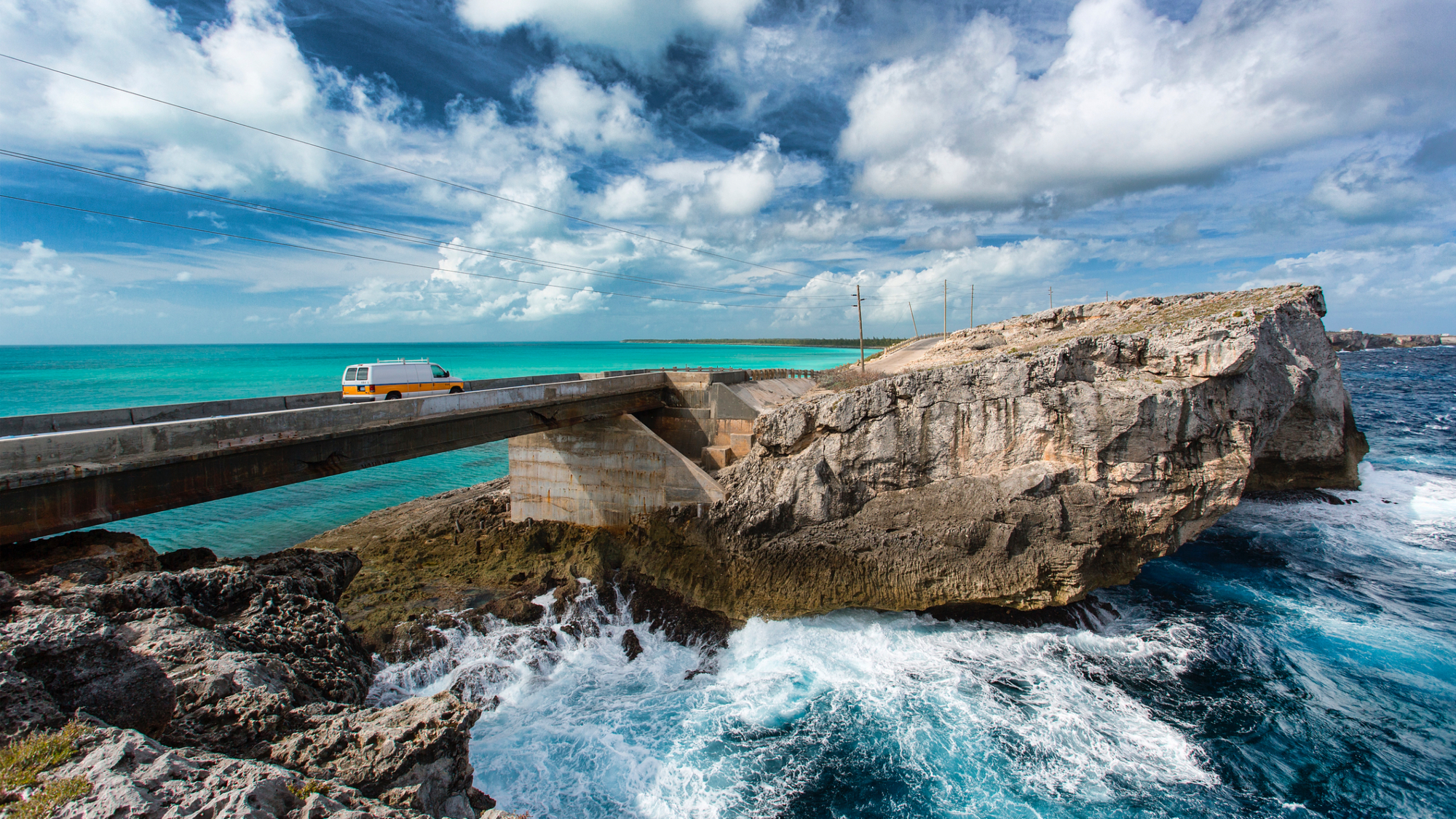 An unspoiled island in the Bahamas
An unspoiled island in the BahamasThe Week recommends Explore the natural beauty, windswept beaches and crystal-clear waters of Eleuthera
-
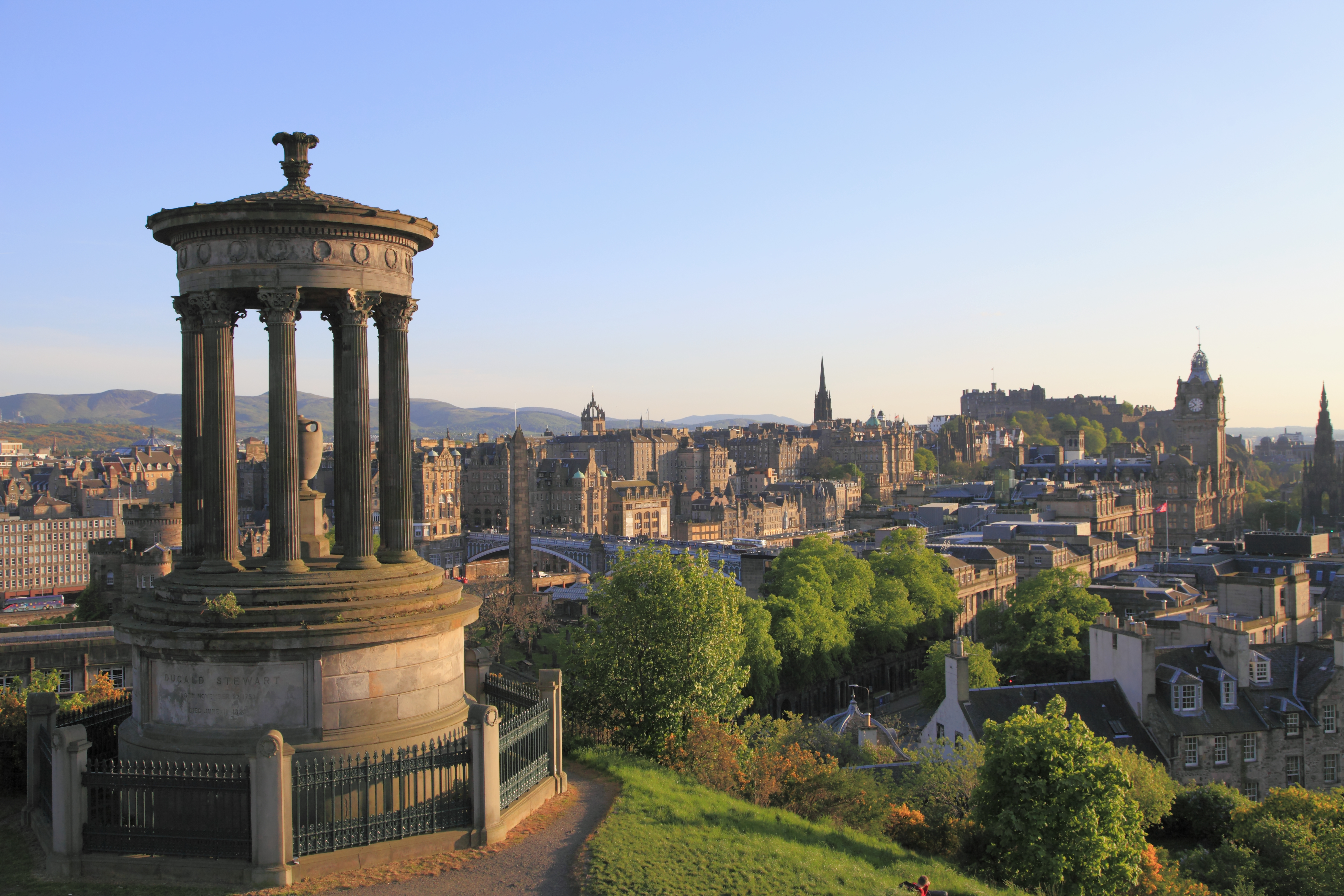 Edinburgh, Scotland: where history ambles alongside the present
Edinburgh, Scotland: where history ambles alongside the presentThe Week Recommends Plan your trip to the Scottish capital
-
 The Westbury Hotel review: stunning suites in charming Dublin
The Westbury Hotel review: stunning suites in charming DublinThe Week Recommends This hotel is the perfect spot to while away a weekend in Ireland's capital
-
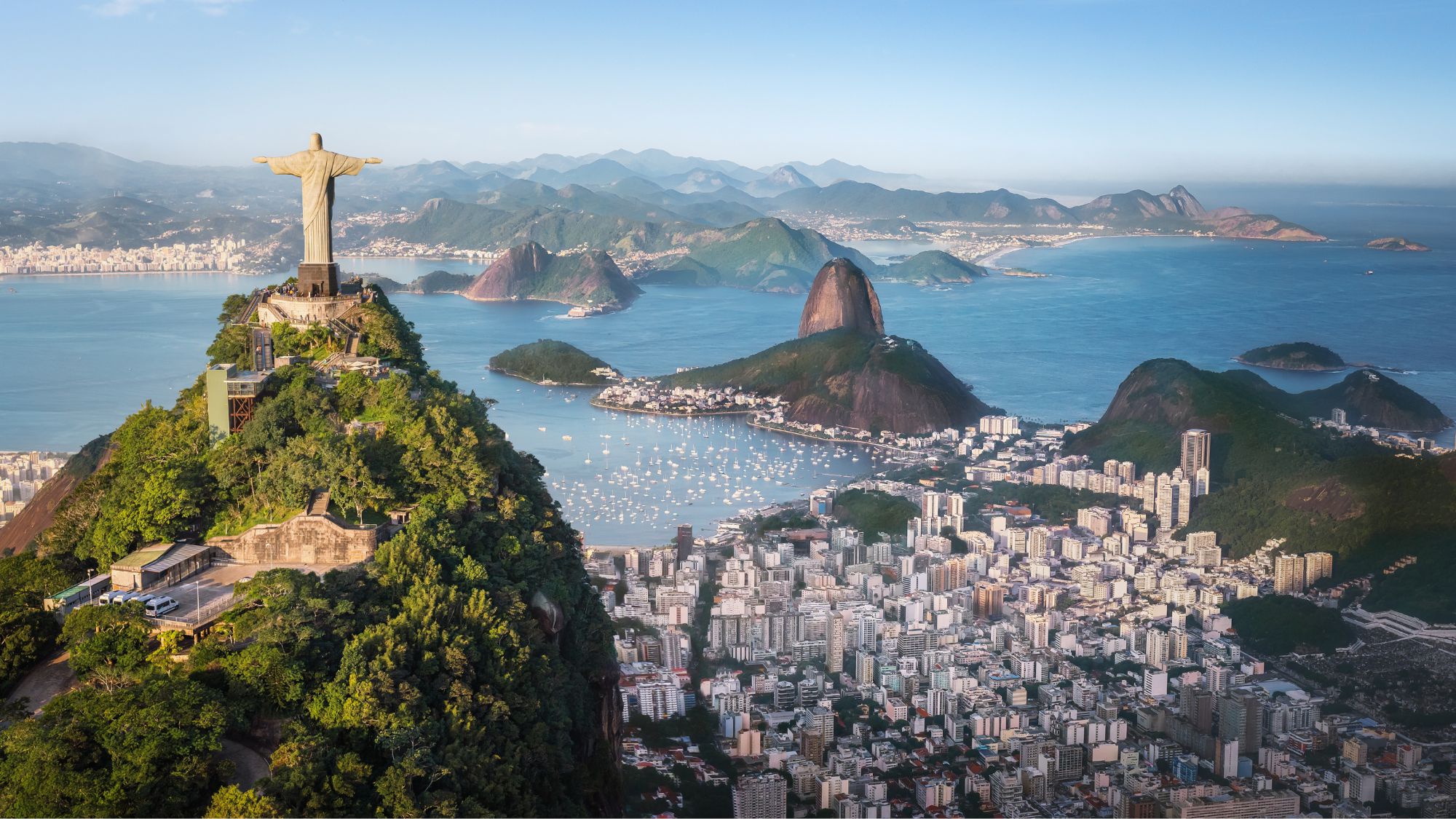 Rio de Janeiro: a guide to Brazil's iconic city
Rio de Janeiro: a guide to Brazil's iconic cityThe Week Recommends There's far more to Rio than just mountains, beaches, music and dance